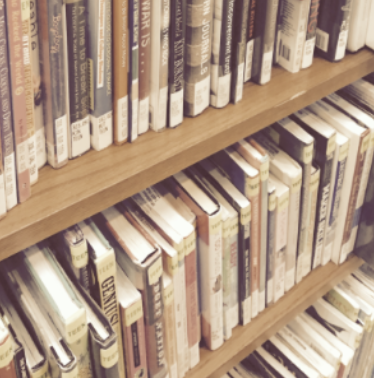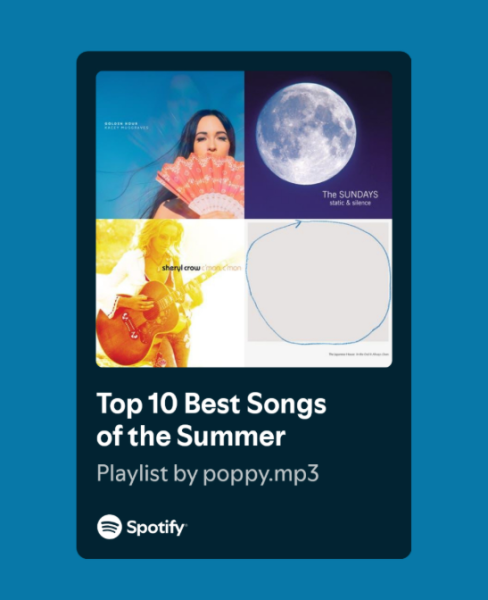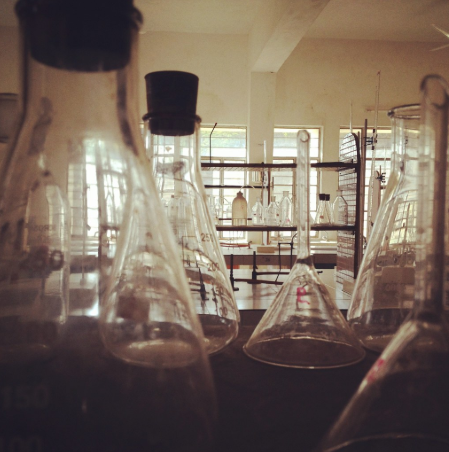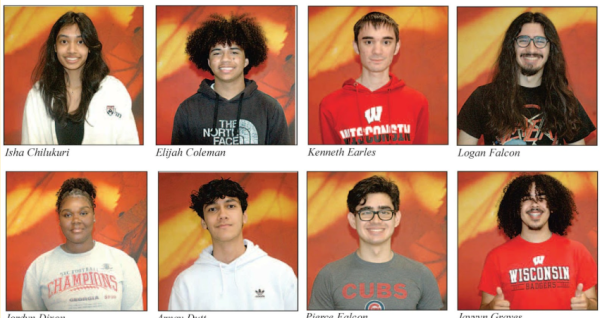What Place do Biased Articles Have in the Education System?

In an increasingly partisan media, it is difficult to find articles that are not politically inclined. As education and current events become increasingly intertwined, we have to figure out where opinionated articles fit into the education system. What responsibilities do teachers and students possess when considering the world around them through news sources in a class setting, and what separates fact and opinion in the midst of a political climate that often merges the two?
Rebecca VanDan, a librarian at Middleton Public Library, points out that many school materials could be suspect for some bias, especially when looking at historical sources and articles. “History is always biased, depending upon who is telling it,” she said. “Usually our biases are so ingrained it is hard for us to recognize them as bias, rather than the truth.”
Textbooks and standardized materials could also be subject to bias. As VanDan observed, “Textbooks and standardized testing are examples of things that have recently come under investigation for bias. If texts and textbooks are only written by white males, the material being tested is necessarily suspect. As a society, we need to assess why some stories are retold and valued while other stories are suppressed.” When biased sources are used as the standard with no opposition, the education of many students is compromised by a singular viewpoint that may not be correct or that tell only a part of the truth.
Textbooks and historical sources may not have much to do with today’s political climate and student’s ingestion of news, but in teaching one viewpoint as indisputable, we make students subject to certain opinions projected by the writers of the textbooks. This teaches students to be less critical when fed information in the future by politically based articles.
Even though bias is present throughout numerous educational materials, bias has become a taboo word in education. Ms. Haugland, an English teacher at MHS, explained, “I think the word bias (has a negative connotation)….I was thinking ‘I wouldn’t use a biased article,’ but I was like, oh wait, that just means that it has a strong viewpoint one way or another….As an educator, I don’t know if I would use that word to describe two articles that say here’s one opinion and here’s another opinion.” If bias becomes hard to discuss, it becomes hard to look out for and address.
While bias when unchallenged can prove harmful to education, Haugland points out that biased articles can be used as a tool as well. “I think [biased articles] serve as a really good way to show multiple sides of a story, and how those sides are being viewed publicly,” she said.
Biased articles are a very real presence in today’s education, but should not be automatically considered a negative force. Bias must be challenged, and all viewpoints must be presented to ensure that everyone is spoken for, and to give people the ability to form their own opinions.








